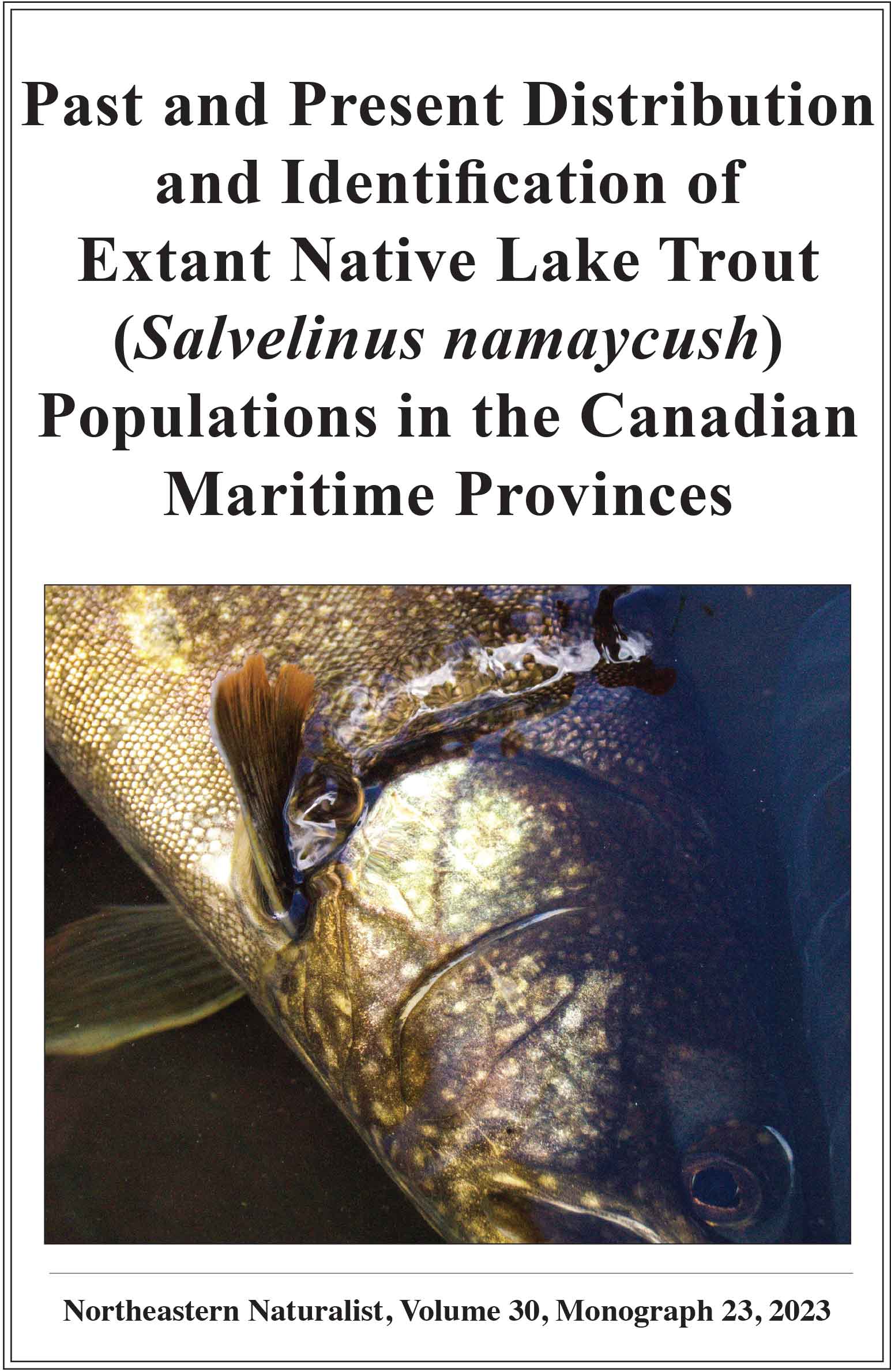Longevity Records of Five Male Little Brown Bats (Myotis lucifugus) in Northwest Wisconsin
J. Paul White1,*, Gerda E. Nordquist2, and Heather M. Kaarakka1
1Wisconsin Department of Natural Resources, Madison, WI 53703. 2Minnesota Department of Natural Resources, St. Paul, MN 55155. *Corresponding author.
Northeastern Naturalist, Volume 26, Issue 4 (2019): N43–N46
Abstract
Although bats are highly transient and secretive animals, banding allows biologists to track the longevity of these mammals and their return rates to various roosts. For its mass, Myotis lucifugus (Little Brown Bat) is extremely long-lived, with multiple records exceeding 30 y of age. We report 9 longevity records from 5 male Little Brown Bats, found during hibernation in northwest Wisconsin, that were at least 18–32 y of age at the time of recapture. Extreme longevity records, like those reported here, may no longer be discovered, due to an introduced fungal disease, white-nose syndrome, that has caused mass mortality in species of hibernating bats in North America.
![]() Download Full-text pdf (Accessible only to subscribers. To subscribe click here.)
Download Full-text pdf (Accessible only to subscribers. To subscribe click here.)
Access Journal Content
Open access browsing of table of contents and abstract pages. Full text pdfs available for download for subscribers.
Issue-in-Progress: Vol. 31 (2) ... early view
Check out NENA's latest Monograph:












 The Northeastern Naturalist is a peer-reviewed journal that covers all aspects of natural history within northeastern North America. We welcome research articles, summary review papers, and observational notes.
The Northeastern Naturalist is a peer-reviewed journal that covers all aspects of natural history within northeastern North America. We welcome research articles, summary review papers, and observational notes.